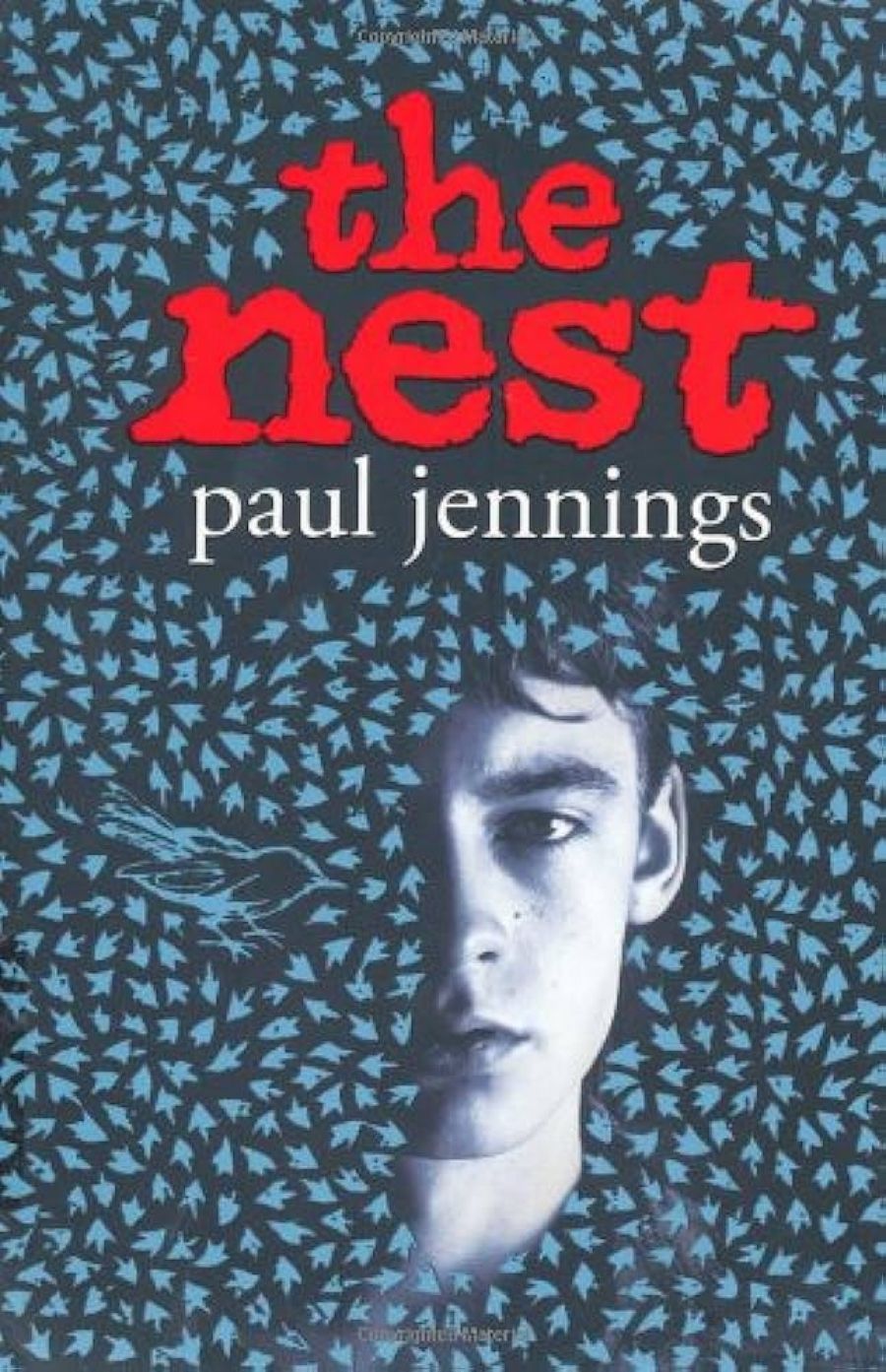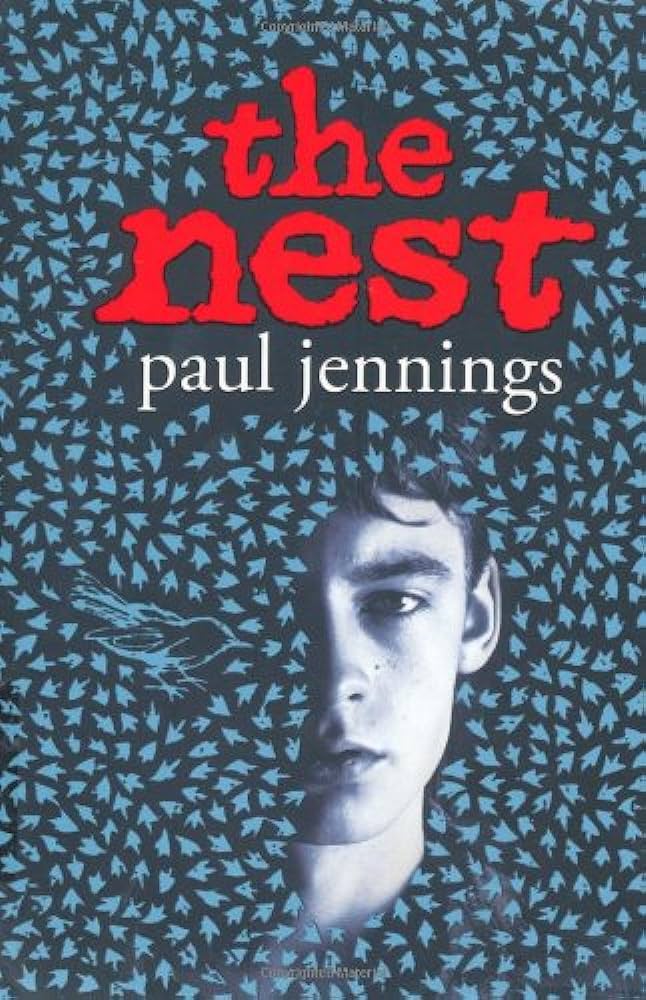
- Free Article: No
- Contents Category: YA Fiction
- Review Article: Yes
- Article Title: A wedding ring, a hairbrush and a swallow’s nest
- Online Only: No
- Custom Highlight Text:
Early winter: Robin is living with his father in the mountains. Where is his mother and why did she leave? This mystery drives the conflict between Robin and his father, who won’t tell Robin what he knows. The Nest is a family drama with a Gothic mystery at its heart. The tension between these elements – the unusual structure that Jennings has created to hold them together – gives the novel an odd power and surprising range. But The Nest derives much of its appeal from its account of daily life in the Australian snowfields, a setting with its own practical magic. The characters move from cosy rooms into wild and dangerous country. This contrast suggests the literary styles that Jennings brings together here: The Nest is a realist novel with Romantic images and themes.
- Book 1 Title: The Nest
- Book 1 Biblio: Penguin, $19.95 pb, 264 pp
- Book 1 Cover Small (400 x 600):

- Book 1 Cover (800 x 1200):

Paul Jennings has sold more than eight million books. Pitched at younger readers, his earlier works are fast, funny adventure stories. For all their modern idiom, they provoke outdated terms of praise. Madcap, full of mayhem, they work with the amiable anarchy of Cole’s Funny Picture Book. ‘Go to page 53 for the Paul Jennings story (featuring loads of blue rat-spit)’ (Paul Jennings, Terry Denton and Ted Greenwood, Spit it Out, 2003; including Jennings’s story, ‘The Spitting Rat’).
The Nest is Jennings’s first book for teenage readers. While his books for younger readers have come out at a rate of about one a year, The Nest has taken Jennings four years to write. It seems likely he spent a good part of those four years fitting the structure together and taking words out. The Nest is stranger and more closely woven than most such fast-paced stories, and different in kind from his earlier work. Jennings’s fans will recognise his skill with pacing, and with creating characters whose particularities are essential to the plot, but The Nest is more analytical in tone.
Jennings’s stories for younger readers depend on rapscallion assurance; they establish a friendly confederacy with the reader, which makes reading them a deliberate adventure in suspended disbelief. The Nest establishes a more complicated relationship with the reader, as with its own story and theme. It does, for instance, have a theme, prompted perhaps by the decision to write for older readers: it examines maturity, understood as the difference between impulse and choice. Characteristically, The Nest brings this theme to the surface in a dinner conversation:
‘If an animal is hungry, it eats when it sees food. It has no choice. It doesn’t think about it.’
‘Do we have control over our thoughts?’ I ask. ‘They just pop into our heads from nowhere, don’t they?’
‘That’s my point,’ says Russell. ‘As humans we can choose.’
Robin’s home, with its macho antagonism and mystery, makes one centre for the story. The story also turns on Robin’s romantic entanglements. Robin is in love with Charlie, high-minded and admirable, but tempted by Verushka, low-minded and curvaceous. As this might suggest, The Nest is written from a male point of view.
Impulse and choice; a father and son fighting over a mother who has vanished: in its conceptual underpinnings, The Nest is certainly Freudian. What makes this interesting is the way Jennings has found a structure to equal the Freudian notion of ego and id. Between each chapter, The Nest includes short stories that Robin has written. It is mainly their setting that makes these stories intriguing. They work as fables, and they all feature Robin’s alter ego, Gordon. In this way, The Nest sets up the reader as analyst, interpreting fables for clues to Robin’s psyche as an analyst might interpret dreams. Does Robin have suppressed memories of his mother? What do the stories reveal of his capacity for violence? ‘Does my story hold the answer?’ he asks. ‘A dingo knows without being aware that it knows. Can a person know something without knowing it?’
If the short stories in The Nest set up an analytical response, the other chapters counter this detachment. They tell the story from Robin’s point of view. Robin is afraid of introspection, afraid of his urge to retaliate against his tyrannical father. He notices what people say and do, but he has not the habit of guessing at motive. He does not puzzle over character or the hidden life of other people. While this makes some other characters, almost by definition, one-sided, it gives the story a kind of laconic realism and momentum.
The first of Robin’s stories quotes Coleridge’s The Rime of the Ancient Mariner. The Nest also explores the cost of killing something beautiful, and Coleridge’s poem has its echo and opposite in Robin’s mercy killing of an injured wren. As this might suggest, The Nest, for all its laconic realism, depends upon a poetic apprehension of objects and events. The plot turns on objects that work like emblems for the characters in the story, as well as for the reader. A wedding ring, a hairbrush and a swallow’s nest: the characters fight over these things, and these are the clues that solve the mystery. The book’s strength lies in the way it holds such Romantic elements and its realism in balance; a balance admirably held in every part except, perhaps, the scene that solves the mystery.


Comments powered by CComment